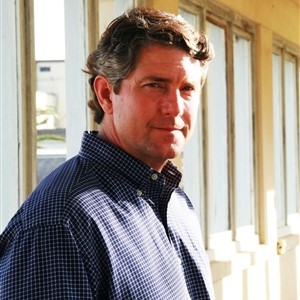Interview by Jana Hoops. Special to the Clarion-Ledger Sunday print edition (December 15)
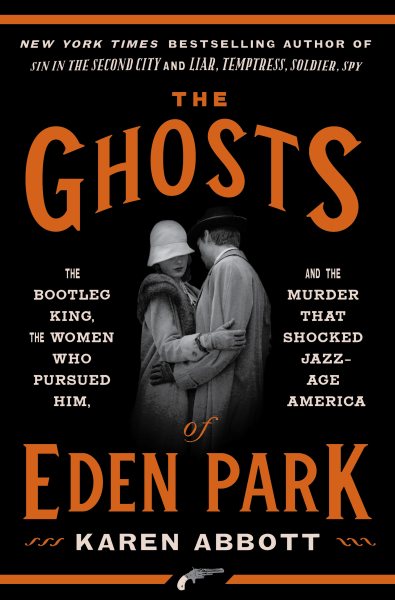 Award-winning New York Times bestselling author Karen Abbott adds to her popular lineup of historical nonfiction with The Ghosts of Eden Park– a surprising memoir of the life and times of George Remus, the 1920s teetotaling opportunist whose skyrocketing rise to “King of the Bootleggers” during Prohibition would end in tragedy.
Award-winning New York Times bestselling author Karen Abbott adds to her popular lineup of historical nonfiction with The Ghosts of Eden Park– a surprising memoir of the life and times of George Remus, the 1920s teetotaling opportunist whose skyrocketing rise to “King of the Bootleggers” during Prohibition would end in tragedy.
An instant New York Times bestseller, Indie Next pick, Amazon best book of August, and a top fall title for both Newsweek and Publishers Weekly, the book is as important for its historical worth (many of the characters in this real-life saga have been practically wiped off the historical map of America’s past) as for its entertainment value.
Abbott’s work has also appeared in the Wall Street Journal, the Washington Post, Smithsonian Magazine, and other publications. Her previous books include Sin in the Second City, American Rose, and Liar Temptress Soldier Spy.
A native of Philadelphia, she now lives in New York.
Tell me how you first learned about George Remus’s true story, and why it caught your attention and inspired you to write Ghosts of Eden Park.

Karen Abbott
I usually get my ideas by perusing old archives and out-of-print books, but this one came through television–specifically the show “Boardwalk Empire,” which aired on HBO for five seasons. There was a minor character named George Remus. He spoke of himself in the third person and stole every scene he was in. I wondered if Remus was a real person, and indeed he was! His real story was much more dramatic than the show’s portrayal, with a sordid love triangle, a devastating betrayal, a murder, and a sensational trial.
The real Remus also spoke of himself in the third person: “This is going to be a hell of a Christmas for Remus”; “Remus has been betrayed by everyone he had trusted”; and my favorite: “Remus’s brain exploded.”
In all my years of researching history, I have never come across a more interesting, bizarre, and brazenly outlandish character. He was an impoverished, abused German immigrant kid who, through determination and savvy, became the most successful bootlegger in American history. Within a year of launching his operation, he owned 35 percent of all the liquor in the United States–an astonishing figure. Newspapers at the time compared him to Vanderbilt and Rockefeller.
At the height of Prohibition, Remus lived an “outrageous” lifestyle on many levels, using his background as both pharmacist and lawyer to game the system. Can you give us an example about Remus’s story that you would say proves the old saying that “truth is stranger than fiction?”
Remus is said to be a real-life inspiration for Jay Gatsby, mainly because of his lavish parties. The most famous was his 1921 New Year’s Eve party, when he unveiled his brand-new Greco-Roman bath, built for $175,000. At one end stood a variety of Turkish and Swedish needle baths, a style and pressure for every taste, and even electric baths–an early version of a tanning bed, heated by incandescent lights and said to make the user “frisky.” Remus’s glamorous wife, Imogene, put on a daring one-piece and executed a perfect dive. Remus handed out party favors: diamond stickpins and watches for the men, 1922 cars for the women, and a $1,000 bill tucked under everyone’s plate. In a gesture emblematic of the times, one what would be remembered in awe decades later, Remus lit guests’ cigars with $100 bills. All this in an era when the average annual salary was about $1,200.
Mabel Walker Willebrandt has been called “the most powerful woman in the country” at the time when she became the assistant attorney general of the United States in 1921 and took on the challenging task of enforcing the National Prohibition Act, which prohibited the manufacture and sale of alcoholic beverages. Tell us about her role in this story.
When President Warren Harding appointed Willebrandt to be the assistant attorney general of the United States, she, along with all other adult female citizens, had only had the right to vote for nine months. She was 32 years old, only five years out of law school, and had never prosecuted a single criminal case–and yet suddenly she was in charge of the thousands of Prohibition cases that began piling up in the courts, including cases against Remus.
To add to the pressure of her job, she had a serious hearing problem, and spent an hour every morning styling her hair to conceal her hearing aids. She was almost inhumanly tough and thick-skinned, qualities that were reinforced by the ice-cold bath she took every morning. Her favorite saying was: “Life has few petted darlings”–and she didn’t consider herself one of them. Her formative childhood event: She once bit a pet cat’s ear. To teach her a lesson, her father bit her ear back. During her time, she was the most powerful and the most famous woman in the country, and I couldn’t believe she’d be so lost to history.
Your astounding research for this book made it possible for you to complete it with “no invented dialogue,” thanks to government files, archives, diaries, letters, newspaper articles, books and hearing and trial transcripts, as you listed in your Author’s Note. Tell me about this extraordinary investigation and why this level of accuracy of detail was so important to you.
A confession: I have never had so much fun researching a book. When I discovered that the Yale University Law Library possessed a 5,500-page trial transcript, I immediately set out for New Haven. Nearly every page was a treasure trove–all of the details I would need to recreate conversations and craft scenes. I found incredibly intimate details about Remus. For example, he didn’t like to wear underwear, which in the 1920s was considered evidence of an unsound mind. It took me four months to go through the trial transcript and compose an outline, which amounted to 85,000 words–nearly as long as the finished book itself.
George Remus’s wife, Imogene, fell in love with Franklin Dodge, the very Prohibition agent who put her husband in jail. Who was Imogene, and was she truly in love with Agent Dodge?
Imogene Remus was a classic villain: greedy, conniving, duplicitous–qualities for which she was roundly denigrated and punished. As awful as she was, a man who’d engaged in similar misdeeds likely would have gotten away with them. I think she was aware of this double standard and that it fueled her rebellion. She was the epitome of what the New York Times called the “middle-aged flapper,” defined as one who yearns to escape from a monotonous routine and seeks independent adventures.
When Imogene met Remus, she was going through a nasty divorce, supporting herself and her young daughter by working as a “dust girl” in Remus’s law office. She’d had a difficult life, and here was this brilliant, doting man who was poised to make millions as a bootlegger.
She was full partners with Remus before she turned on him, and she used all that knowledge to fortify her relationship with Dodge. Trial witnesses testified about Imogene and Dodge’s flirtatious phone calls, about their afternoon rendezvous in speakeasys, and about their plans to hire a hitman to kill Remus.
I don’t know if Imogene and Dodge were truly in love, but they definitely shared a common goal: to steal Remus’s fortune and ruin his life.
Lemuria has selected The Ghosts of Eden Park its August 2019 selection for its First Editions Club for Nonfiction.


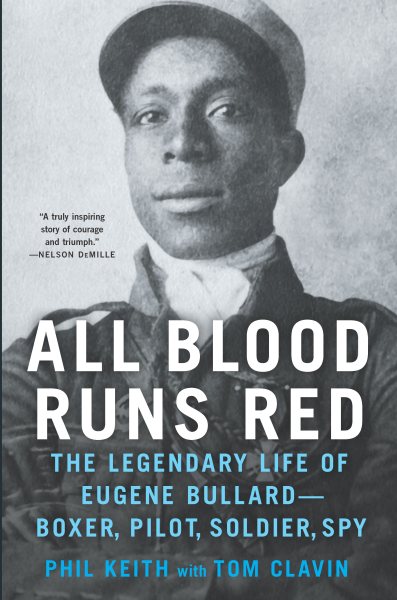 Author Phil Keith adds his sixth book to his collection as his collaboration with bestselling writer Tom Clavin unfolds the almost unbelievable story of bravery and valor of a little-known World War I hero in
Author Phil Keith adds his sixth book to his collection as his collaboration with bestselling writer Tom Clavin unfolds the almost unbelievable story of bravery and valor of a little-known World War I hero in 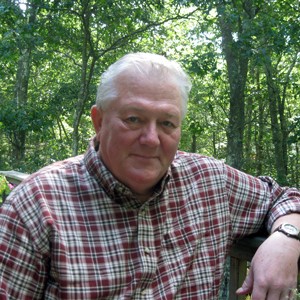
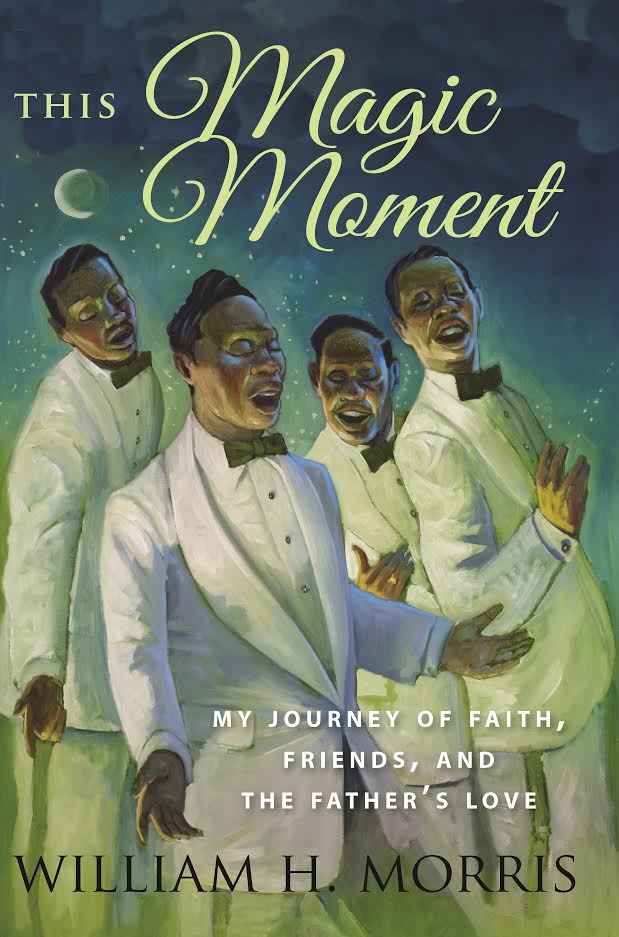 William H. (Bill) Morris would tell you that he has had more than his share of “magic moments’ in his lifetime, and he shares many details of his close-knit friendships with some of the greatest musicians of the R & B, Rock and Roll and Doo-Wop era of the ‘50s and ‘60s in his heartfelt memoir,
William H. (Bill) Morris would tell you that he has had more than his share of “magic moments’ in his lifetime, and he shares many details of his close-knit friendships with some of the greatest musicians of the R & B, Rock and Roll and Doo-Wop era of the ‘50s and ‘60s in his heartfelt memoir, 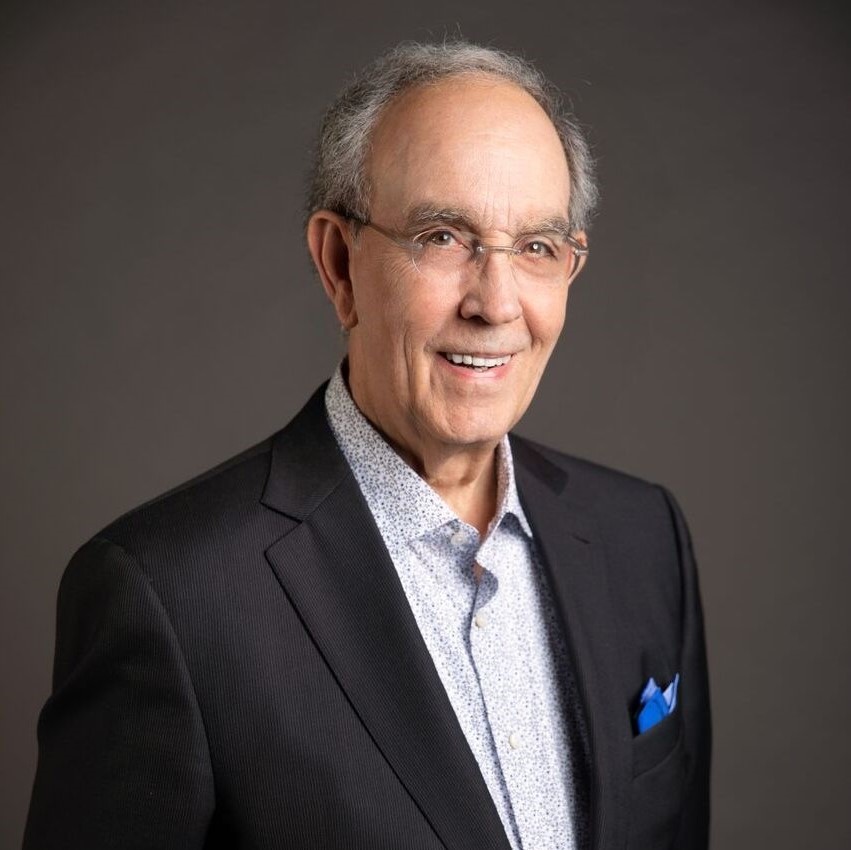
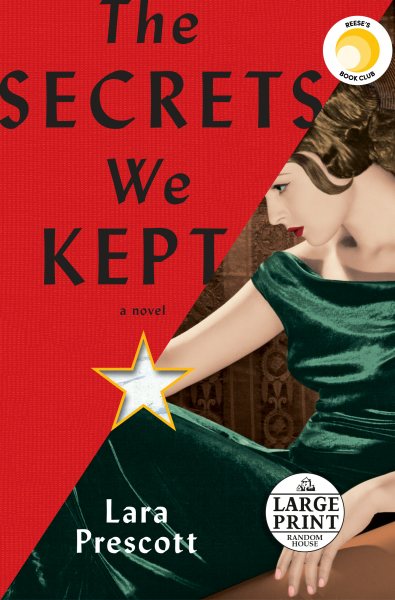 Lara Prescott’s fictional account of three young women employed in the CIA’s typing pool who rise to the upper echelons of espionage during the 1950s Cold War is based on the true story of the agency’s undercover plan to smuggle copies of Boris Pasternak’s Dr. Zhivago into the USSR.
Lara Prescott’s fictional account of three young women employed in the CIA’s typing pool who rise to the upper echelons of espionage during the 1950s Cold War is based on the true story of the agency’s undercover plan to smuggle copies of Boris Pasternak’s Dr. Zhivago into the USSR.
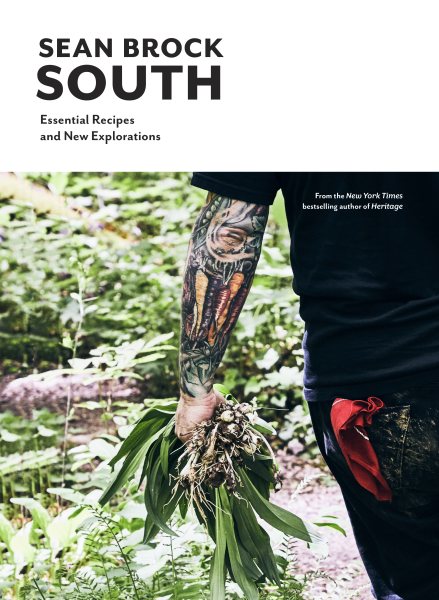 Sean Brock, the James Beard Award-winning author of Heritage follows up his nationally acclaimed debut book with a decidedly enthusiastic probe into the nurturing and connecting qualities of his favorite cuisine with
Sean Brock, the James Beard Award-winning author of Heritage follows up his nationally acclaimed debut book with a decidedly enthusiastic probe into the nurturing and connecting qualities of his favorite cuisine with 
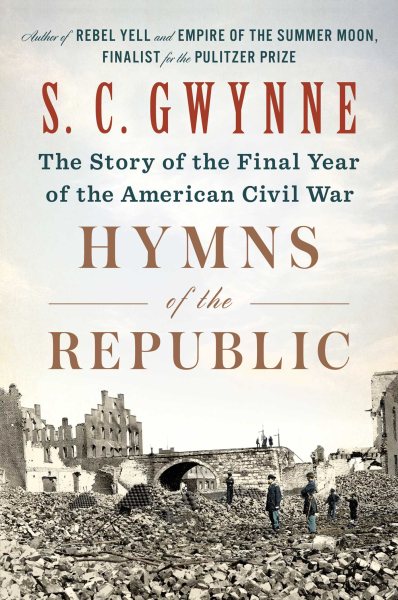 If you haven’t given much thought to the American Civil War lately, bestselling author and Pulitzer Prize finalist S. C Gwynne offers some compelling thoughts on the country’s current state of division as he examines–in depth–the fourth and final year of the War Between the States.
If you haven’t given much thought to the American Civil War lately, bestselling author and Pulitzer Prize finalist S. C Gwynne offers some compelling thoughts on the country’s current state of division as he examines–in depth–the fourth and final year of the War Between the States.
 The resulting book from this author, photographer and artist is
The resulting book from this author, photographer and artist is 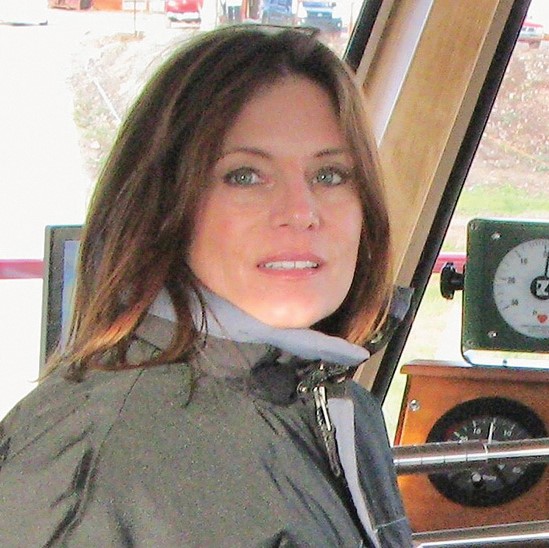
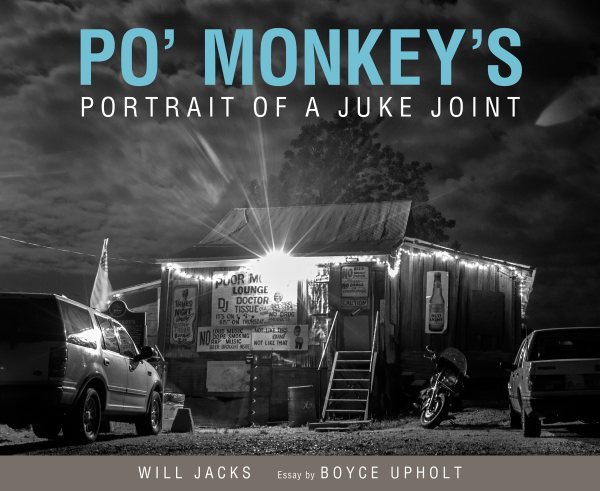 Mississippi Delta photographer and documentarian Will Jacks celebrates the life and times of the late Willie Seaberry, owner of Po’ Monkey’s blues house in Merigold for more than 50 years, in
Mississippi Delta photographer and documentarian Will Jacks celebrates the life and times of the late Willie Seaberry, owner of Po’ Monkey’s blues house in Merigold for more than 50 years, in 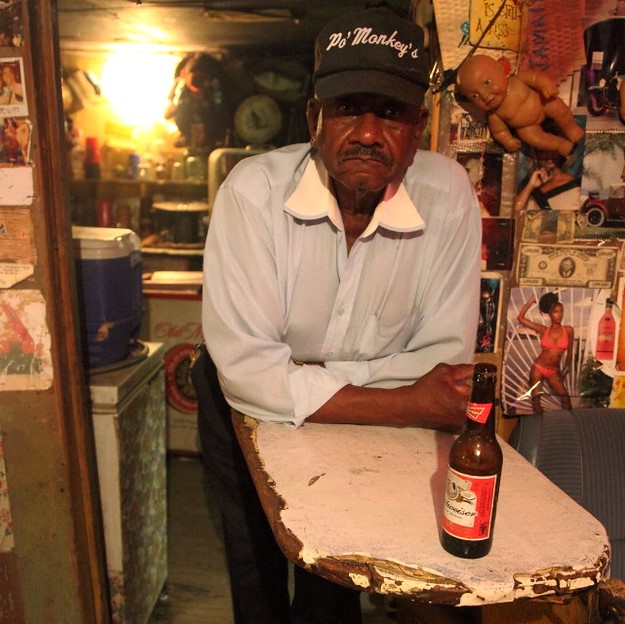

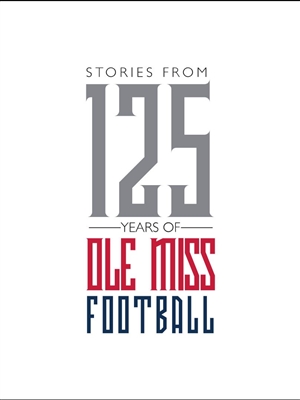 If you thought you knew everything about Ole Miss football–you probably didn’t.
If you thought you knew everything about Ole Miss football–you probably didn’t.